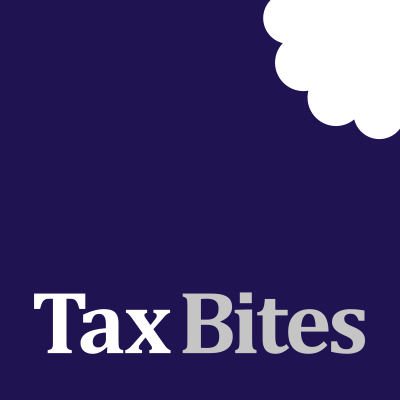
The 90% + rate of income tax and how to avoid it
13th March 2023
Posted in Articles by Andrew Marr
The issue
Aside from probing the tax affairs of Nadim Zahawi, tax lawyer Dan Neidle does great work in analysing some of the issues with the UK’s insanely complex tax system. The income tax regime is one such area. As various Chancellors have tinkered with the system over the years, we have been left with a crazy situation whereby the marginal rate of tax – the percentage of tax an individual suffers on their next £1 of income – fluctuates up and down like a yo-yo.
Take an employee earning £100,000. They will be used to the fact that, as a higher rate taxpayer, they pay 40% income tax plus 2% National Insurance Contributions (‘NIC’). However, we know that at £100,000 an individual starts to lose their personal allowance, at a rate of £1 for every £2 by which they exceed the £100,000 threshold. Consequently, their marginal rate of tax becomes 62%. Why 62%? This is a combination of the ordinary 42% income tax and NIC they pay, plus a further 20% income tax because the loss of the personal allowance pushes previously sheltered income into higher tax brackets. It is only 20% here because of the £1 for every £2 tapering.
This trap is now fairly well known to many, although still quite alarming. There are, however, other ‘tax traps’ out there.
Revving up the tax rates!
In a recent article, Mr Neidle illustrates how there are even nastier traps out there. The High Income Child Benefit Charge (‘HICBC’) is one such example. The HICBC was introduced in 2013 by the then Chancellor George Osborne. It provides for Child Benefit to be clawed back through the tax system for families where the highest earner has an ‘adjusted net income’ in excess of £50,000. However, this tapering works in a subtly different way to the loss of the personal allowance. Under the HICBC, the individual loses 1% of their Child Benefit for every £100 of income above £50,000. Hence, the Child Benefit is fully recouped at an income of £60,000.
Because of this, the more children you have, the worse the marginal tax rate becomes. For an individual with one child, Mr Neidle calculates that the marginal rate is 68%, but with six children (less common, but not completely unrealistic) it soon becomes 91%. With eight children (possibly stretching the boundaries here) you get to a position where the marginal tax rate exceeds 100% i.e. you would have more left if you earned £50,000 than if you earned £60,000.
How to avoid this issue
If you want to read the article then the author gives examples of some even more eye-watering marginal tax rates (e.g. if you include the effect of the marriage allowance, student loans etc.). However, the key point is that if you have income in any of the ‘tax trap’ brackets then you should consider potential solutions.
One easy solution is to make a personal pension contribution. Most people are aware that making a pension contribution provides higher or additional rate tax relief, by extending the basic rate and higher rate tax bands. However, personal pension contributions are also taken into account when calculating ‘adjusted net income’.
Example
Phil receives a generous bonus this year taking his salary to £60,000. He also receives £1,133.60 of child benefit for his 11-year-old daughter. His income tax and NIC bill for 2023/24 will be:
Income tax £11,432.00
NIC £4,718.60
HICBC £1,133.00
Total = £17,283.60
Instead, Phil makes a pension contribution of £8,000. This has the following effects:
• The basic rate band is increased by the grossed-up value of the pension contribution to £60,270.
• Phil’s adjusted net income becomes £50,000 (his salary, less the grossed-up value of the pension contribution).
His income tax and NIC bill therefore becomes:
Income tax £9,486.00
NIC £4,718.60
HICBC NIL
Total = £14,204.60
Plus, the government will add £2,000 to the pension pot.
Hence, Phil has saved £5,079 in return for the £8,000 pension contribution – an effective 63.5% relief in this case. This could be increased further if Phil agreed to pay the pension contributions through a salary sacrifice arrangement.
Other options include gift aid contributions, or using salary sacrifice for an electric car, although the exact savings will differ depending on the circumstances.
Forbes Dawson view
Ideally, as Mr Neidle says, it would make sense for some of these extreme tax rates to be fixed. Strategies like making pension contributions can work but only generally for particular income points. For example, if Phil’s remuneration were to increase to £70,000 would he be as keen to ‘reduce’ down to £50,000 by making a £16,000 pension contribution? Given the inflationary times that we live in Phil may want to keep every penny that he earns even if it is heavily taxed. If nothing is done all these issues will inevitably be faced by many more of the population. As inflation continues, more and more people will feel the effects of fiscal drag, given that tax bands and allowances have been frozen until 2027/2028. £50,000 in 2028 may only be equivalent to £35,000 of spending power in today’s terms and yet those high rates are set to still apply…



